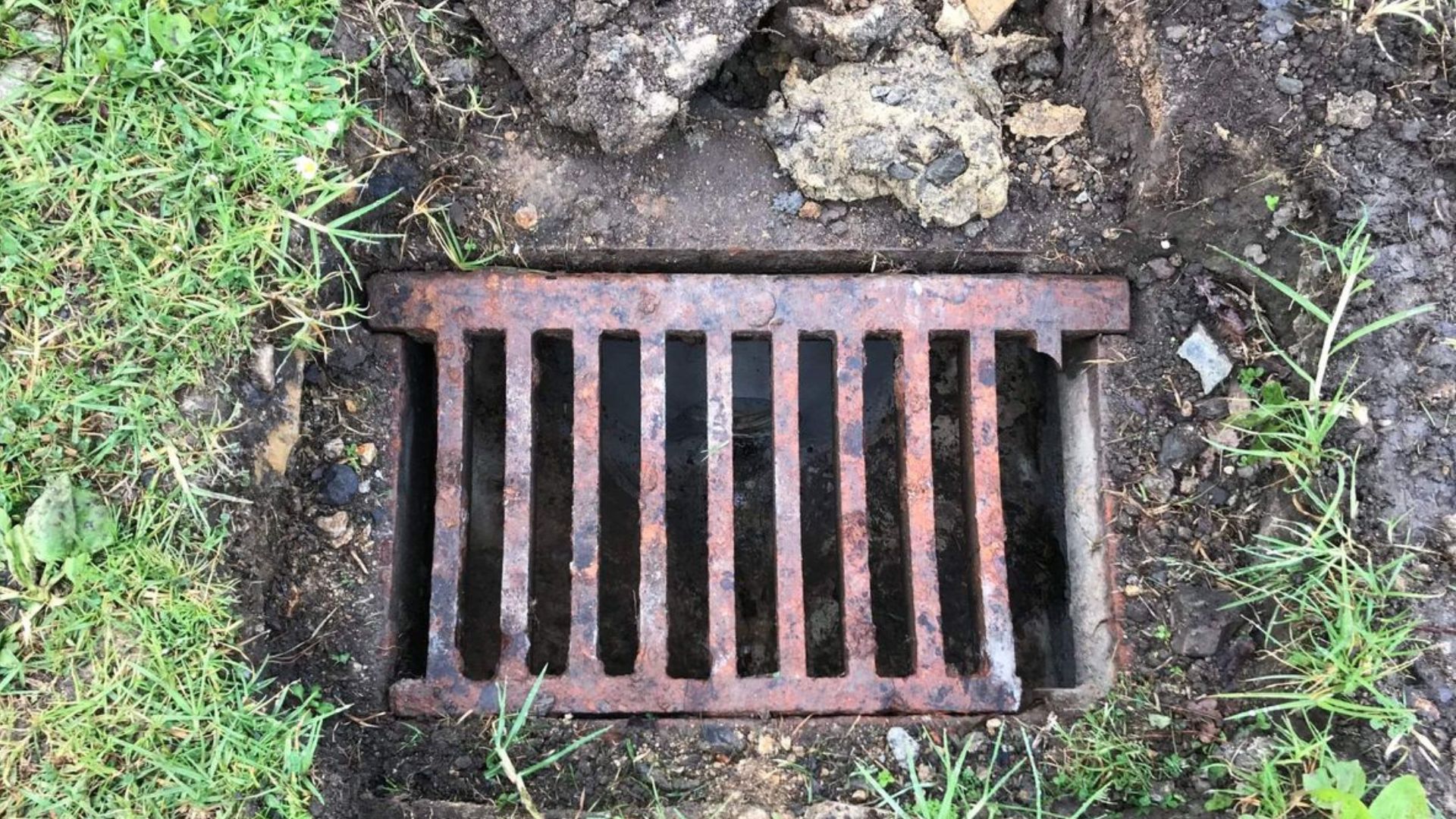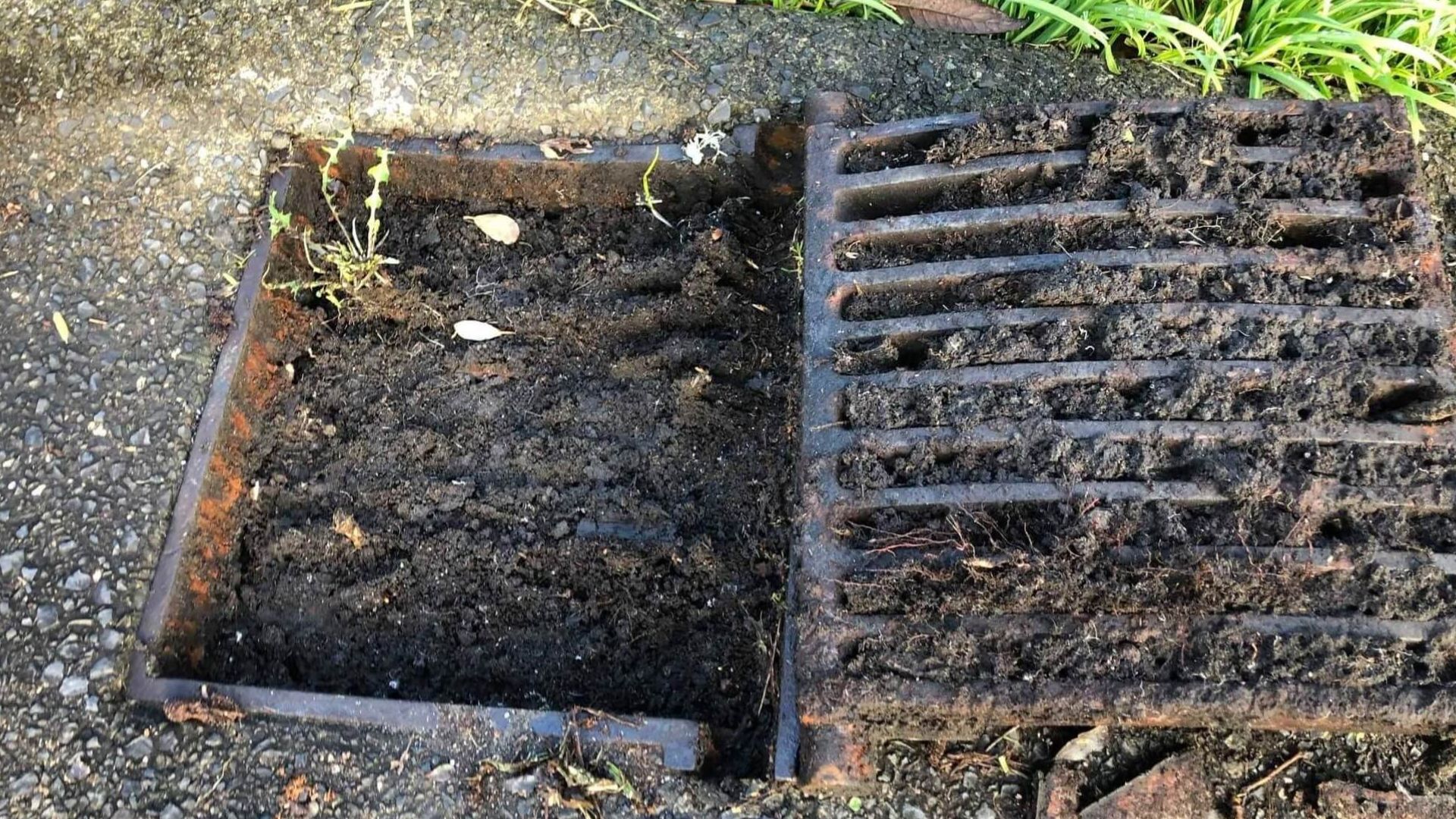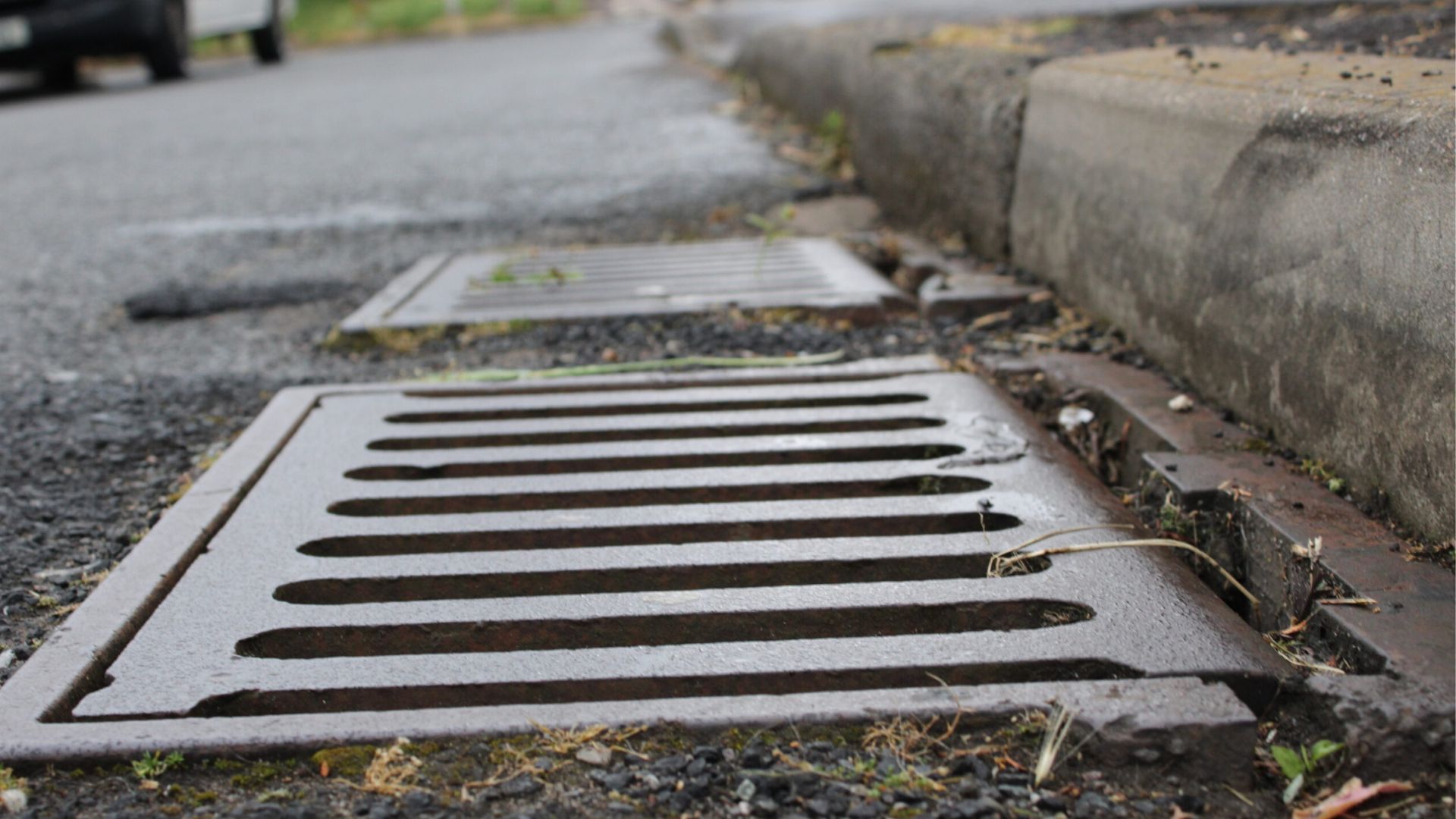Is your garden starting to look more like a swamp than a sanctuary? A blocked stormwater drain might be the hidden culprit—and it’s more common than you think. Most homeowners overlook their stormwater drainage system until the first signs of trouble: water pooling, slow drainage, or worse—flooding.
Blocked stormwater pipes aren’t just annoying; they can cause serious structural damage and health hazards if left unchecked. In this blog, we’ll walk you through the common causes of stormwater blockages, how to spot the warning signs, effective DIY fixes, and when to bring in a professional. We’ll even cover smart ways to prevent future blockages, so your stormwater system keeps things flowing smoothly.
What is a Stormwater Drain and Why Does it Matter?
Stormwater drainsare essential parts of any home’s drainage system. They’re designed to channel stormwater runoff and rainfall collected from roof gutters, driveways, and patios away from your home and into local waterways. This helps prevent flooding, soil erosion, and mould growth.
Unlike sewer pipes, which carry wastewater from toilets and shower drains to treatment plants, stormwater pipes are part of a separate system entirely. It’s crucial not to confuse the two. Stormwater drains connect pipes leading directly to nature, so dumping chemicals or waste down them is a big no-no.
When a stormwater drainage system fails, usually due to clogged drains, root intrusion, or a blocked stormwater drain, it can lead to serious stormwater drainage problems. The water has nowhere to go, so it backs up into your yard, floods paths, or damages landscaping. Standing water also creates a breeding ground for mosquitoes and increases the risk of flooding and water damage.
Keeping stormwater drainage pits clear and functioning properly isn’t just about avoiding a soggy lawn; it’s about protecting your home’s foundation and preventing long-term issues. So, understanding how stormwater drains work is the first step in avoiding a blocked stormwater drainage system disaster.
Common Causes of Blocked Stormwater Drains
Ever wondered why your stormwater drain blocked in the first place? There’s usually more than one reason behind a blocked stormwater drain—and most of them are preventable with a bit of know-how.

Tree roots are a major offender. They seek out moisture and can sneak into even the tiniest cracks in underground pipes. Over time, these roots grow, choke the pipe, and lead to a full-on stormwater pipe blockage.
Next up: leaves, garden debris, dirt, and other debris. These build up around stormwater grates, especially during autumn or after heavy rainfall. Without regular clearing, they clog the stormwater pits and prevent water flow, creating a breeding ground for slow drainage and standing water.
Then there’s overflowing roof gutters. When these aren’t cleaned or if gutter guards are missing, all that debris heads straight for your stormwater drainage pits. It’s no surprise that stormwater drainage blockages follow closely behind.
Heavy rain can also overwhelm your stormwater drainage system, especially if it’s already partially blocked. This leads to backflow, water pooling, and slow-draining water, classic signs of a blocked drain.
Another often overlooked issue? Poorly installed or aging drain pipes. If your stormwater pipes are sagging, cracked, or misaligned, they’re far more likely to trap debris and suffer from stormwater blockages.
Incorrect disposal of garden waste, building rubble, mulch or even cement can also block outdoor drains. These materials harden or compact inside the stormwater drain pipe, making it tough to unblock a stormwater drain without professional tools.
Even foreign objects—like tennis balls, plastic wrappers, or bark from nearby trees—can find their way into stormwater drains and cause chaos. Once stuck, they can contribute to clogged drains and cause the stormwater system to fail.
Understanding the causes of blocked stormwater drains is the first step to stopping future headaches. And luckily, most of these issues can be avoided with regular maintenance and a few smart choices. Up next, we’ll look at how to spot trouble before it gets worse.
Signs Your Stormwater Drain is Blocked
Spotting a blocked stormwater drain early can save you from major repairs later. The warning signs often start small but escalate quickly if ignored.
Keep an eye out for water pooling around stormwater grates, downpipes, or stormwater pits. This often means water isn’t moving through the stormwater drainage system as it should.

If you notice overflowing roof gutters during a downpour, it could signal a blocked stormwater drainage system that can’t cope with the excess water.
Listen for gurgling noises or observe slow draining water near outdoor areas—these are common signs of a blocked drain pipe.
Also, watch for damp patches or mossy spots around driveways and lawns. These could point to a cracked or clogged stormwater drain pipe underground.
Finally, a musty smell wafting from your outdoor drains often suggests a buildup of debris or stagnant water, classic clues of a blocked stormwater issue needing urgent attention.
How to Fix a Blocked Stormwater Drain Yourself
If you’re the hands-on type, there are a few ways to tackle a blocked stormwater drain yourself, just don’t get too ambitious.
Start with a visual inspection. Remove drain covers and check for leaves, garden debris, or other debris that could be causing the blockage. Clearing this manually might restore water flow in minor blockages.
Next, grab a garden hose or pressure washer to flush out shallow clogs. This often works well around stormwater grates or the entry to stormwater drainage pits.
Still blocked? A drain auger (also called a plumber’s snake) can help tackle deeper clogs in stormwater pipes. Slowly feed it down the drain pipe and rotate until resistance eases.
Avoid using harsh chemicals. Stormwater drains connect pipes directly to the environment, so using caustic cleaners can pollute local waterways and harm wildlife.
If you hit a dead end—or if water starts backing up again soon after—it’s probably time to call a professional plumber. DIY methods can work for surface-level clogs, but not for root intrusion, stormwater drainage issues, or collapsed pipes.
Knowing when to stop is just as important as knowing where to start. Don’t risk further damage by overdoing it.
Professional Stormwater Drain Cleaning & Repairs
Sometimes, clearing a blocked stormwater drainage system calls for more than elbow grease and a hose.
A professional plumber can bring in tools and tech that most homeowners don’t have access to. For tough or recurring blockages, they’ll likely use high-pressure water jets to blast through built-up debris, silt, or even tree roots that have infiltrated your underground pipes.
They might also use CCTV drain cameras to get a clear view inside your stormwater pipes. This helps identify problems like pipe misalignment, cracks, or even a full collapse.
If your drainage system has sustained damage, a plumber can perform repairs such as pipe relining or even replace damaged drain pipes if needed.
Many experts also offer preventive maintenance programs. These are ideal if your property is prone to flooding or already suffers from stormwater drainage problems due to poor design or soil erosion.
When you bring in a licensed professional, you’re not just fixing a problem—you’re preventing future blockages and protecting your home from flooding and water damage.

How to Prevent Stormwater Drain Blockages
Preventing a blocked stormwater system doesn’t have to be a full-time job—just a few preventative measures go a long way.
Start by keeping stormwater grates, drain covers, and roof gutters clear of leaves and garden debris. This simple habit can stop most blocked drains before they start.
Install gutter guards to help stop twigs and leaves from ever entering your stormwater drainage system.
Be mindful of landscaping. Don’t plant trees with invasive roots near stormwater drain pipes, as this increases the risk of root intrusion and pipe damage.
Make sure your yard slopes correctly to promote proper water flow and avoid redirecting excess water into areas with slow drainage.
If your property is prone to standing water or experiences stormwater drainage issues during heavy rain, routine inspections can help catch problems early.
You might also consider adding filters or mesh to stormwater pits to catch debris before it enters the pipework.
With consistent care, you can prevent flooding, reduce the risk of blocked stormwater pipes, and ensure your stormwater system continues to function as it should, especially when it’s bucketing down outside.
When It’s Time to Call in the Experts
Some stormwater blockages are just too stubborn for DIY. If you’re dealing with slow drainage, frequent clogs, or water damage around your home, it’s time to call in a blocked stormwater expert.
A professional plumber can resolve the issue fast, with less mess and long-term peace of mind. They’ll also ensure the fix is permanent, especially if your home has older pipes or a poorly mapped stormwater drainage layout.
In emergencies, like during heavy rainfall, having a trusted local stormwater plumber on speed dial could save you from costly flooding and water damage.
Don’t Wait for the Next Downpour – Act Now!
Waiting for a flood to fix your blocked stormwater drain is like waiting for a fire to check the batteries in your smoke alarm—it’s risky, messy, and expensive.
Get ahead of stormwater blockages by taking action today. With help from Big Blue Plumbing, you can say goodbye to clogged drains, stormwater drainage issues, and the constant stress of heavy rainfall threatening your home.
Our experienced team uses CCTV drain cameras, high-pressure water jets, and smart repair solutions like pipe relining to get your stormwater drainage system back in shape—and keep it that way.
Contact us today to get things flowing again and enjoy the peace of mind that comes with a clear, healthy drainage system.



